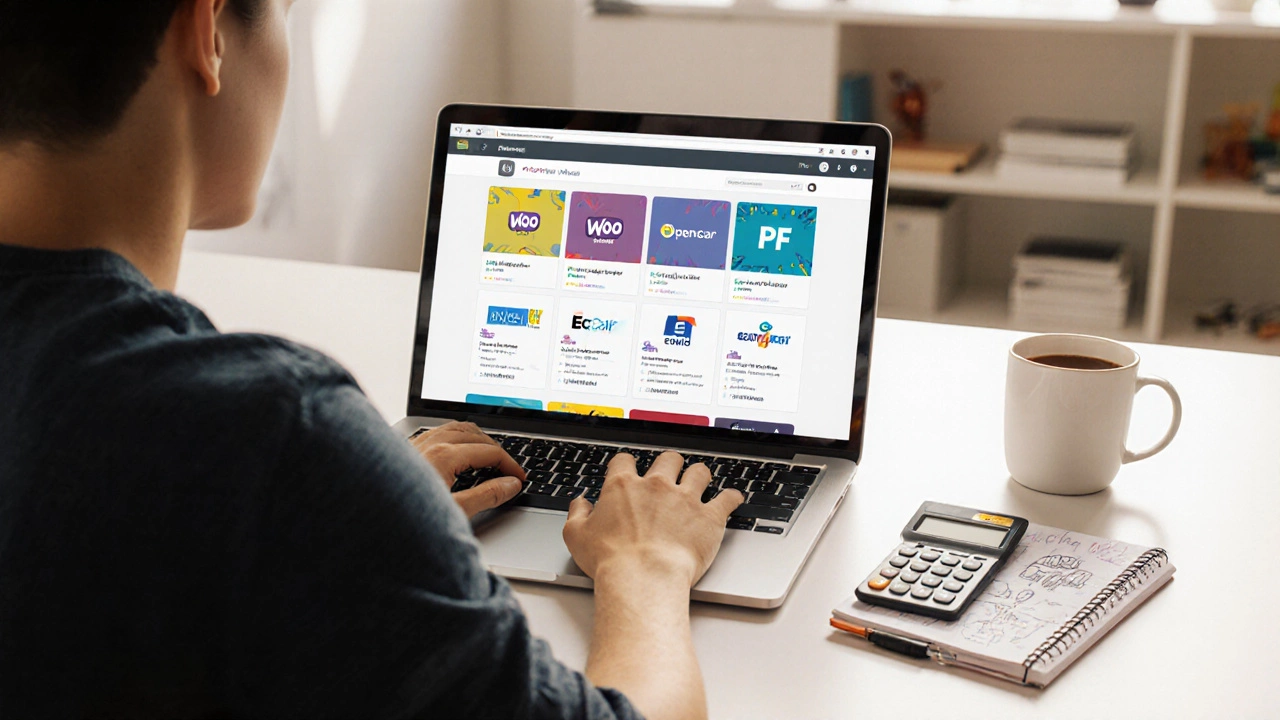Want to sell stuff online but hate the idea of spending money before you make a sale? You’re not alone. Plenty of people launch a shop with zero budget, using tools that let you go live in a few hours. This guide shows exactly what to click, where to sign up, and how to keep costs at zero while you test the market.
The first decision is the platform. Look for services that offer a free plan with a built‑in store, product pages, and a checkout. Two popular choices are:
Both let you start without buying a domain or hosting. You can later upgrade if you need more features, but you don’t have to pay anything to begin.
1. Create an account – Use your email or a Google login. The sign‑up takes less than a minute.
2. Add products – Upload a clear photo, write a short title, and include price, SKU, and a brief description. Keep it honest; customers trust plain language.
3. Configure payment – Connect a free PayPal or Stripe account. These services charge a percentage per sale, but no monthly fee.
4. Choose a free theme – Most platforms include ready‑made templates. Pick one that matches your brand style. You can change colors and fonts later.
5. Set shipping rules – If you ship physical items, define flat rates or free shipping thresholds. For digital goods, just turn off shipping.
6. Publish – Hit the launch button. Your store now has a free URL like yourshop.ecwid.com. Share it on social media, forums, or in emails.
Even with a free store, you still need customers. Here are three no‑cost tactics:
These steps drive traffic without any ad spend.
While the platform stays free, transaction fees still apply. Track them in a simple spreadsheet so you know your profit margin. When you start seeing consistent sales, consider these upgrades:
Remember, you only need to upgrade when the extra features actually help you earn more.
Starting an eCommerce store for free is doable in just a few clicks. Pick a free platform, add a handful of products, set up payment, and share your link. As sales grow, tweak your store, reinvest earnings, and upgrade only when it makes sense. Ready to test the market without spending a penny? Go ahead and launch – the most important part is taking that first step.

Discover if you can start an ecommerce store for free, explore truly free platforms, hidden costs, and a budget checklist to launch without breaking the bank.
Read More